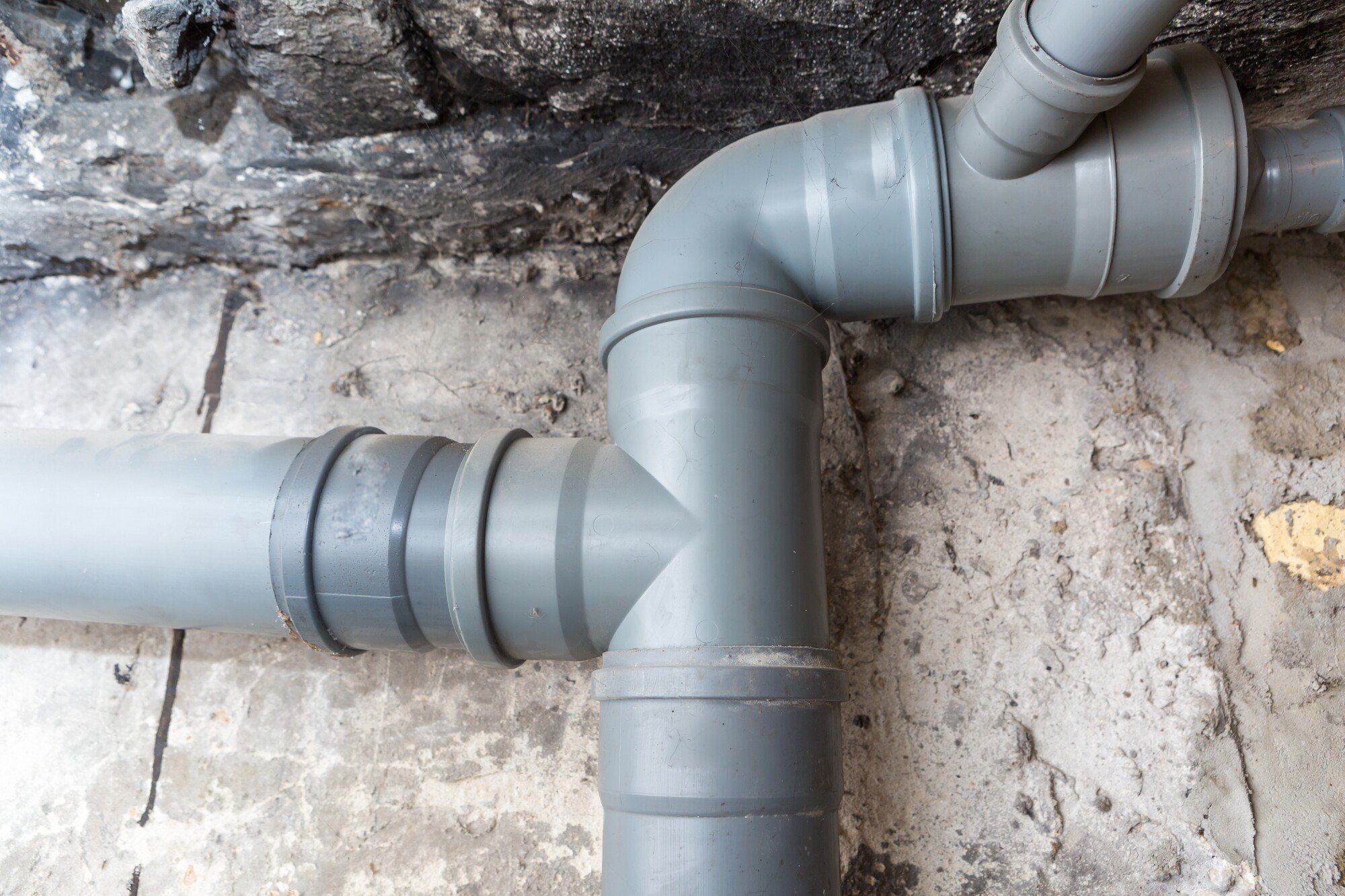Did you know Minnesota tied with Maine for the coldest state in the lower 48? That’s (technically) the second coldest state out of 48 others within the country; needless to say, it gets cold in Saint Paul, MN.
Such cold weather can have disastrous consequences on your plumbing. For example, preventing frozen pipes is a common winter chore for Saint Paul residents.
But what happens if it’s too late; how do you know if your pipes are frozen?
Here are a few ways to tell you’ve got frozen pipes and ways you can thaw them. We’ll also discuss what you can do to prevent frozen plumbing in the future.
Signs You Have Frozen Pipes
Perhaps the most obvious sign you have frozen pipes is if there’s a visible ice layer on top. If there’s ice on top of them, the water inside is likely frozen.
Another indication of frozen-over pipes is low water pressure. Ice blockages weaken the water flow. Frozen pipes tend to make odd sounds and emit strange smells.
If your sink and tub drains have smelt weird lately, and you’ve heard noises inside your walls, you may have frozen plumbing. Sagging drywall is possibly indicative that you’ve got frozen, dripping pipes.
Cracked pipes are another clue your plumbing froze. Water expands when frozen, and the growth can exert enough pressure on your pipes to fracture them.
How to Thaw Frozen Pipes
Firstly, if no water comes from your faucets, assume a pipe froze. You have two courses of action from here: if the issue is widespread, shut off your main water valve and call a plumber.
If there’s only one frozen pipe, turn on the nearest faucet to help the water flow. You don’t need to shut the water off unless the pipe has burst.
A hairdryer may help thaw the pipe. Keep the faucet running and move the hair dryer from the faucet backward along the pipe until full water pressure returns.
If water sprays from the pipe, close the nearest water valve and call a plumber. Some frozen pipes may be out of reach. If so, cut its water supply (keep the faucet open) and get a plumber.
How to Prevent Frozen Pipes
One method for preventing frozen pipes is piping insulation. You can purchase rubber or fiberglass to keep your plumbing from getting too cold. It also helps to keep water pipes from exterior walls where they may freeze.
Pipes inside unheated areas like attics, garages, basements, and crawlspace should be insulated. Keep room doors open to circulate heat in your home, and check the local weather so you can prepare for subfreezing weather.
So, How Do You Know if Your Pipes Are Frozen?
How do you know if your pipes are frozen; well, sagging drywall, cracked piping, and low water pressure are typical signs. If your pipes do freeze, Mr Plumbing and Drains can help.
We offer 24/7 (emergency) full-service, flat-rate plumbing to residential and commercial buildings in Saint Paul and Minneapolis, MN. Contact us for plumbing assistance or a service quote.
